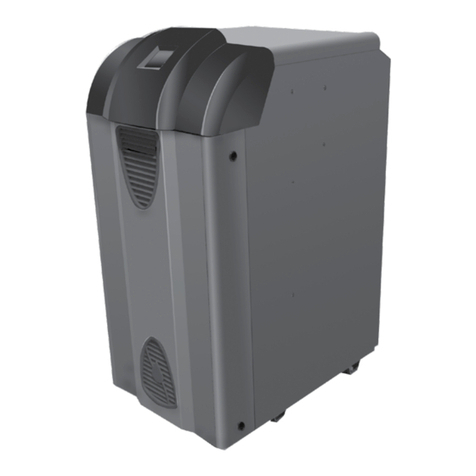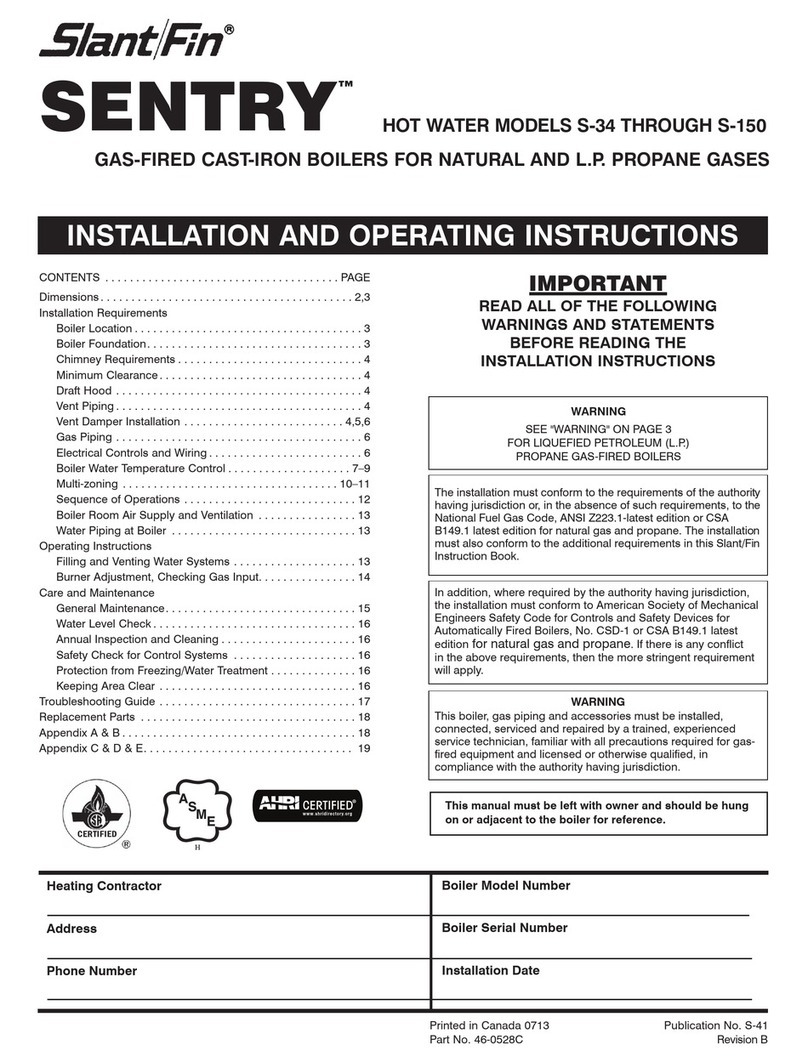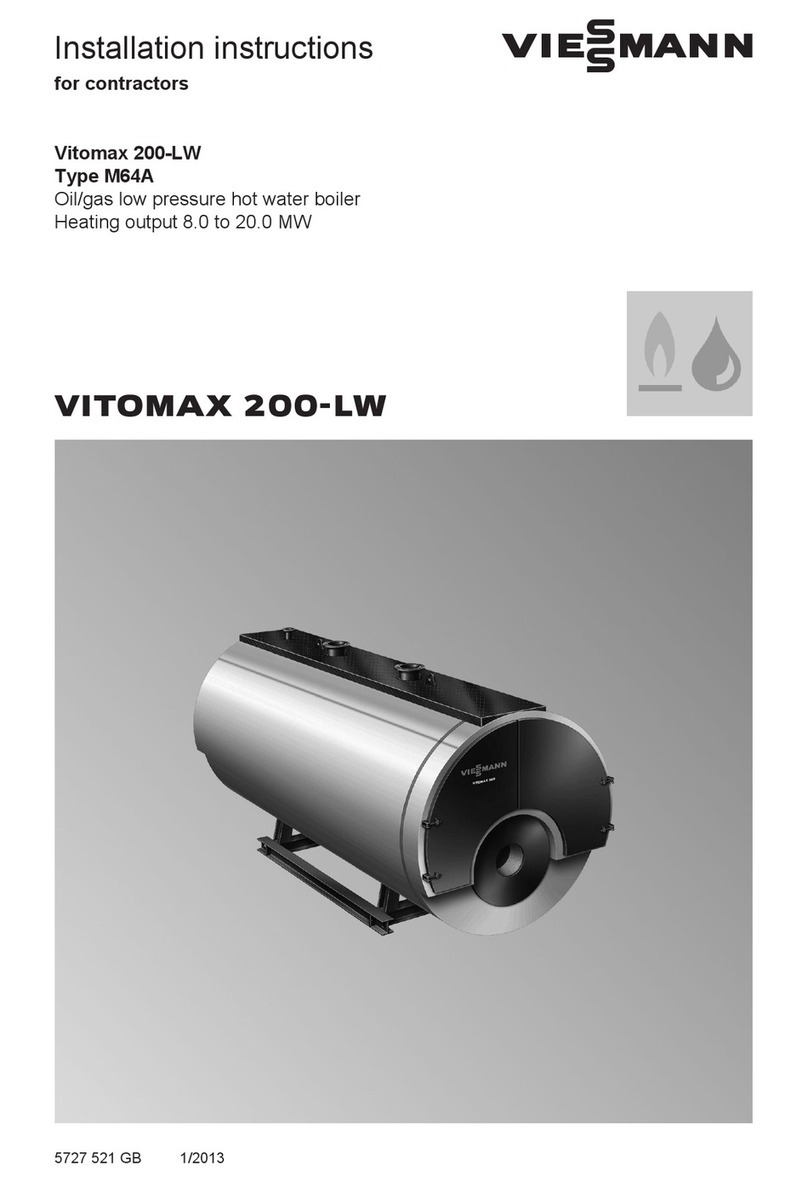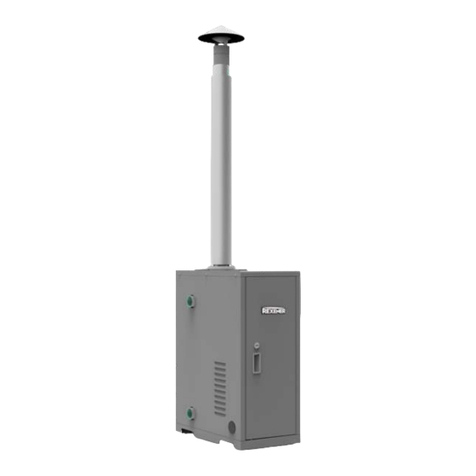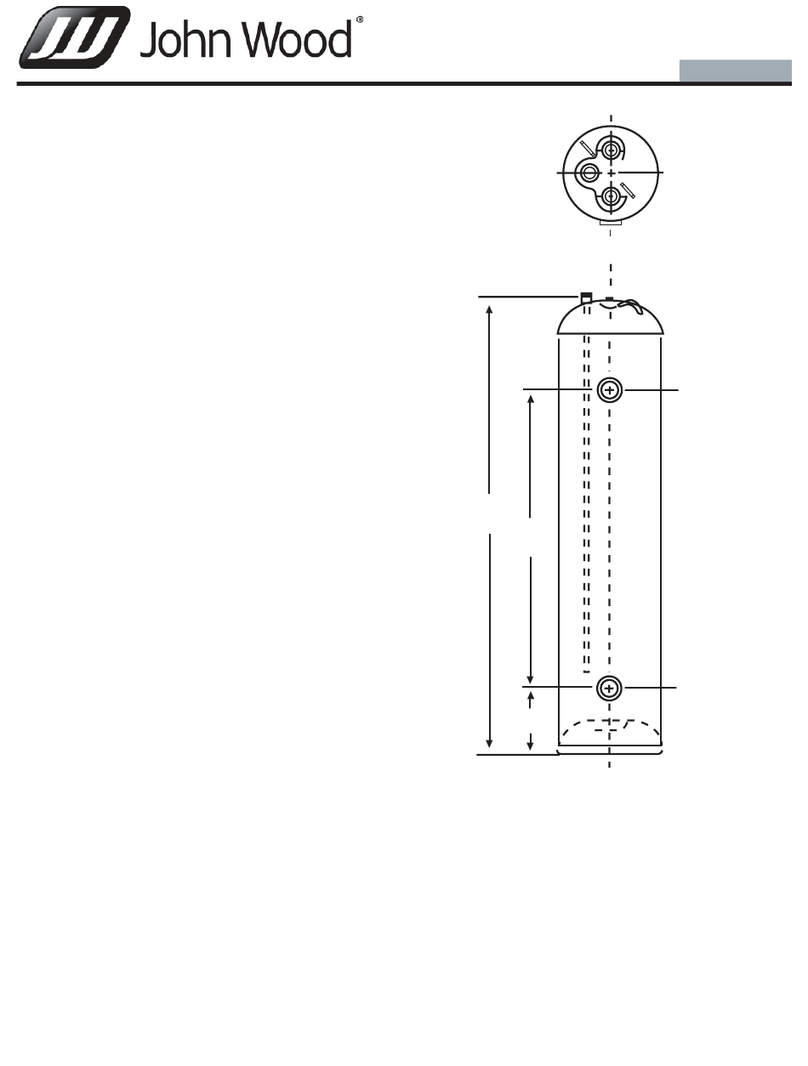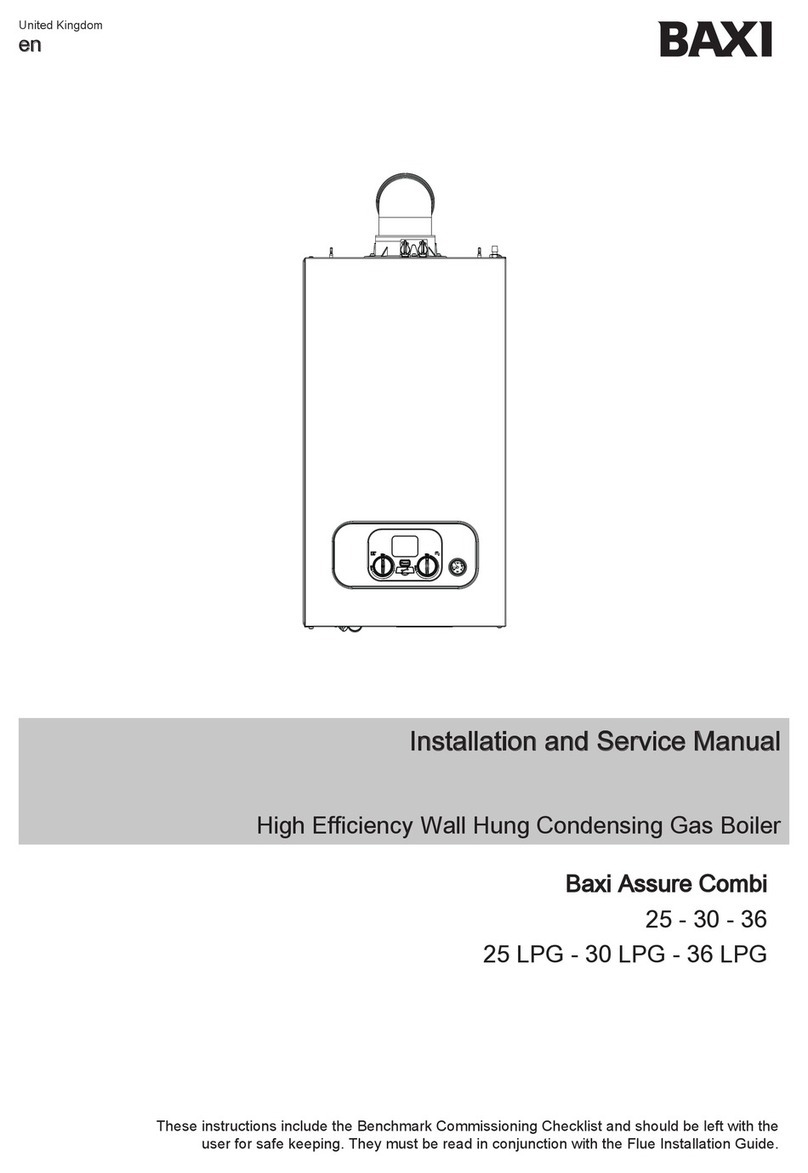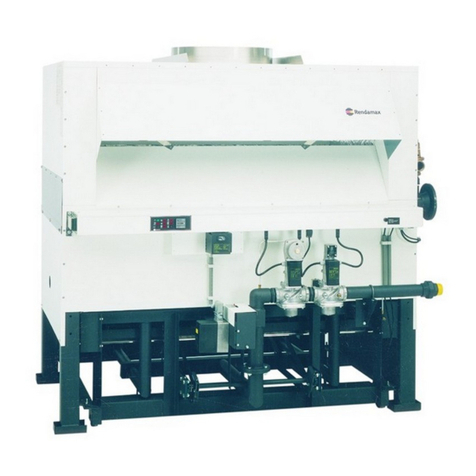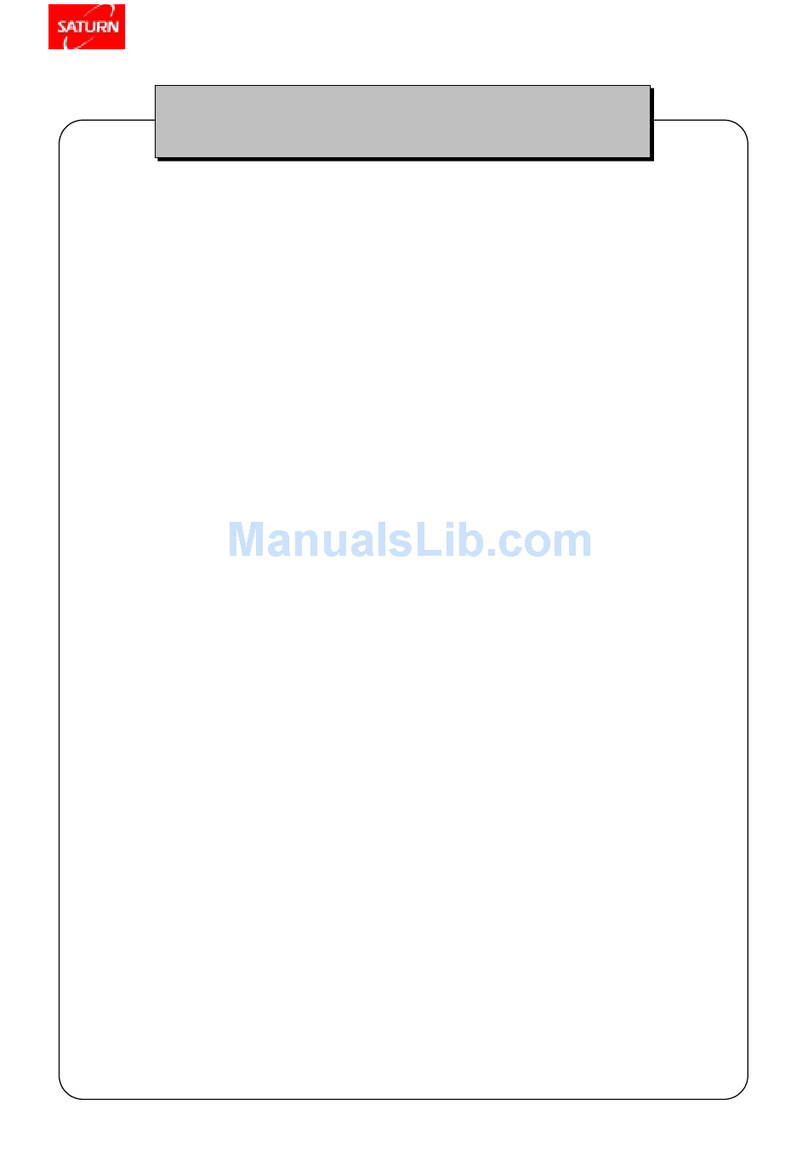
[T:\gms\Word\GMSO&M\Word Format\OM017.doc] Page 5
3.0 Installation
The Hotwell must not be installed in any system where system pressure and temperature
(including under fault conditions) could exceed the limits given on the data plate. It must be
adequately vented.
Lifting & Handling: Use lifting eyes where fitted. Use soft slings around the hotwell on units
without lifting eyes. Care should be exercised when handling and moving the unit not to
damage it. Do not lift the hotwell using chains directly in contact with it. Do not allow
operatives to stand on the hotwell.
Siting: The hotwell must be located on a firm base bolted to the floor. Ensure enough room
exists to gain access to any sight-holes or inspection openings (where fitted). Although the
tank sides are of a strong fabrication, they are not designed for heavy items to be attached
to them.
Remove any protective covers/plugs which may have been fitted to connections to protect
them in transit.
Check for and remove any foreign material which may have got into the hotwell
Pipe-work connected to the hotwell should be supported to prevent loads being transmitted
to the condensate receiver vessel. Provide for thermal expansion with bends, expansion
joints or flexible connections. For screwed connections use a thread sealant suitable for the
particular application.
Vent: The vent pipe should go vertically upwards and should not join other vent lines. If it
has to run horizontally, then it should have a slight incline, draining back to the tank.
Under no circumstances should an isolating or check valve be fitted in the line.
A vent head (may be supplied with the tank) should be fitted to maximise the separation of
any entrained water. The vent head will impose a minimal back pressure on the tank. The
drain connection on the vent head must be piped to drain, ideally with an air break. Drainage
back into the tank is not recommended.
The vent & overflow connections must never be blanked off.
Overflow: This should always to piped to a drain at a lower level than the tank. It is useful
for the overflow to have an air break so that any discharge is easily seen.
Under no circumstances should an isolating or check valve be fitted in the connection. It is
recommended that a u-bend is incorporated into the line to eliminate steam discharge into
the drain.
Lagging the Tank: The whole tank should be lagged (including the inspection opening) to
avoid loss of heat. The inspection opening should be lagged with a removable cover.
